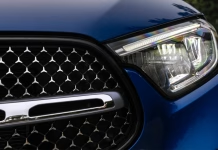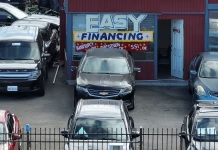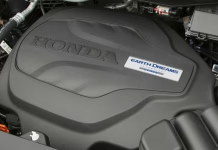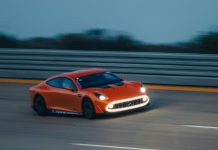Top 10 Diesel Cars Still Worth Buying Before the 2030 Ban
 Diesel isn't dead yet. These are the 10 best oil-burning models still holding firm
Diesel isn't dead yet. These are the 10 best oil-burning models still holding firm
The market share of diesel cars may have fallen dramatically, but there's still some way to go until they disappear from our roads completely.
While electric vehicles (EVs) and hybrids are stealing the spotlight, diesels still hold a valuable place in the automotive landscape.
Diesels offer excellent motorway efficiency and strong torque for towing, so they remain a smart choice for high-mileage motorists and those needing a dependable workhorse.
Of course, diesel isn't perfect. Older models are at the mercy of the increasing number of Clean Air Zones popping up in cities around the country, including Oxford, Bristol and Sheffield, while London is encased in its Ultra Low Emission Zone (ULEZ).
Diesels aren't as effective in the city in terms of fuel economy and diesel fuel is surprisingly expensive. But often, for those who live rurally, business travellers and those who want fewer fuel stops on long journeys, the balance often tips back in diesel’s favour.
Even though diesel uptake is dropping year on year, there is still a decent selection of commendable cars available for sale in the UK.
We think the best diesel car on sale today is the Skoda Superb, which impresses for comfort, practicality and fuel economy. But which other diesel models should you consider? Read on for our round-up of the top 10 diesel cars still on sale in the UK.
You will want to get in quick, before the ban on new diesel and petrol cars kicks in in 2030...
Aston Martin and Mercedes Recall Hundreds of Cars Over Critical Safety Flaws
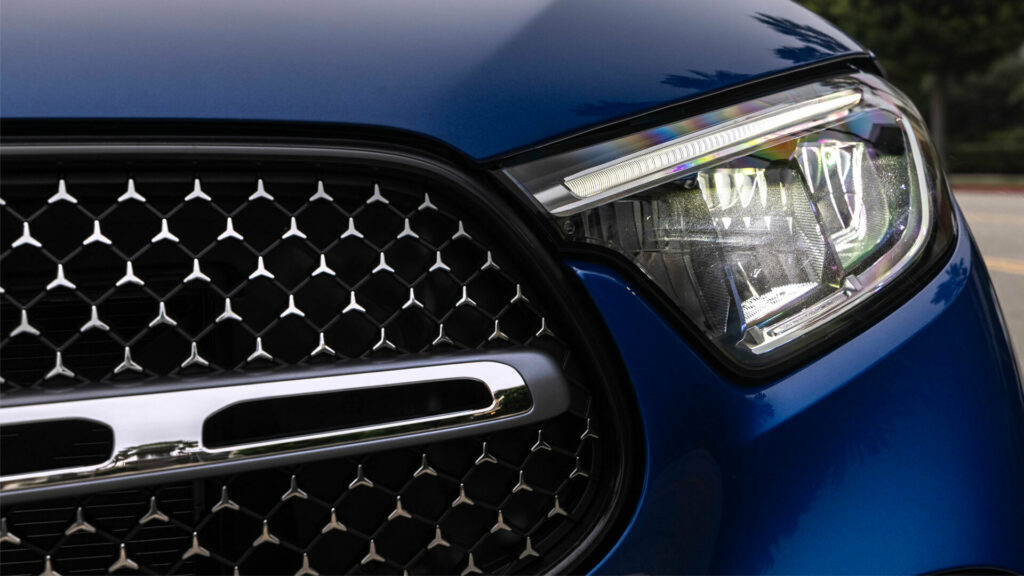
Why Seven-Year Car Loans Are the New Normal as Prices Soar
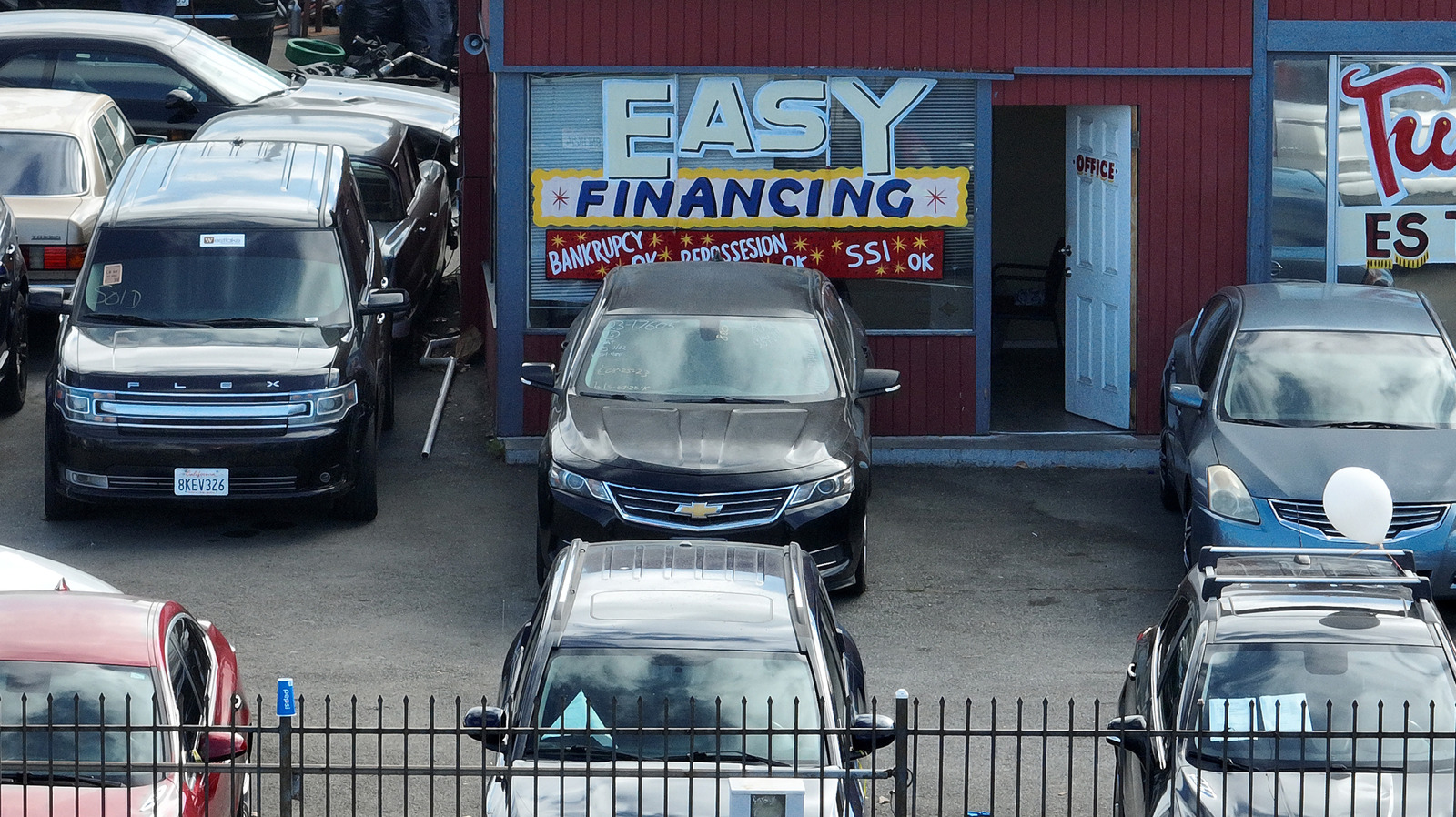
Porsche’s Bumpy Road to Recovery How Early EV Ambitions and Global Shifts Are Reshaping...
‘The battery cell is the combustion chamber of the future," said Porsche back in 2021. Such was the brand’s confidence that it could parlay its formidable ICE prowess into the EV era that it bought a German battery company called Cellforce, which promised high-performance, energy-dense packs worthy of EVs wearing the Porsche badge.
In the first quarter of this year, however, Porsche wrote off €700 million (£606m) covering its investment in Cellforce and “other battery activities”. Porsche also holds a controlling stake in battery maker V4Smart, a division of Varta.
In total, Porsche wrote off €1.3 billion (£1.1bn) in the first half of 2025, denting profits to the point that the once formidable cash-generating machine reported an operating margin of just 5.5%. Profits fell by a third to just over €1m, dropping Porsche behind Skoda in the Volkswagen Group stable.
Now Porsche is laying off the bulk of Cellforce’s employees, German newspaper Der Spiegel reports, with the plan for 20-30GWh hours of battery production capacity in tatters.
Porsche has said it will cut the total number of employees across its business by 15% by 2029, or around 3900.
The overall market volume [for EVs] is much lower than we expected years ago,” CEO Oliver Blume said on the company’s second-quarter earnings call at the end of July. “That puts our business under pressure.”
China was to be a big consumer of Porsche EVs like the Taycan, Macan Electric and next year’s Cayenne Electric under the EV plan. It made sense, give the market was moving much faster to electrification than Europe or the US. But that’s not what happened at the top end. “In terms of electromobility, the luxury segment still does not exist,” Blume said.
Porsche had been positioning itself in China to sell 100,000 cars a year after hitting a record 95,700 in 2021. But then the luxury premium market – EV and ICE – started to sag amid a consumer slowdown before rapidly deflating last year, leaving Porsche’s figure at 56,887. This year, the company is forecasting just 40,000 sales in China.
“We need to rescale our company, because 20% from China is missing and we expect won't come back,” Blume said.
Porsche is now adapting its business there to be profitable at around 40,000 units, he said. That means more focus on special editions and factory orders rather than pre-built stock that – currently – ends up getting discounted.
The advantage of being a global company like Porsche is that you can balance one region’s decline with another’s growth, and that was happening quite nicely in the US, which became the company’s largest market last year.
Then the tariffs hit. The jump from 2.5% import duty to 27.5% on cars imported into the US imposed by president Donald Trump in April has now be lowered 15% for imports after the EU struck a deal, but at a cost of €400m to Porsche in the first half.
That tariff increase will be partly borne by customers, who at least won’t be too put off. “Our segment is not so sensitive,” Blume said. “We have a huge fan base in the US.”
Trump’s attack on EVs has badly damaged Porsche’s strategy for EV growth in the country, as new legislation removes generous leasing credits and devalues electric benefits in the mind of consumers.
In response, Porsche announced in early February that it will spend an additional €800m in 2025 to extend the life of the ICE Cayenne and Panamera and bring in a replacement for the ICE Macan, which is due in 2028.
The 2021 goal of 80% EV sales by 2030 is now long gone.
All this has hurt Porsche's share price. From its listing in 2022 all the way into 2024, Porsche could boast it was third-highest-valued car maker after Tesla and Toyota based on its share price, beating Ferrari, Mercedes-Benz, BMW and, crucially, its parent company Volkswagen.
Now it languishes in 11th, overtaken by Chinese stars Xiaomi (occupying that prized third place) and BYD as well as Volkswagen, General Motors and India's Maruti Suzuki. Porsche shares have sunk 63% from their high in 2022.
Overall, things don’t look good. “Our business model, which has served us well for many decades, no longer works in its current form,” Blume wrote in a July memo to employees seen by Bloomberg.
However, Porsche believes that, after resetting its business plan to accommodate the new world order, the profit low-point has been reached.
“We will see the trough this year,” Jochen Breckner, Porsche’s head of finance and IT, said on the July earnings call, predicting the eventual return of double-digit margins.
He didn’t give a timeframe, which is probably wise, given that Porsche had to revise its margin forecast downward twice since publishing its 2024 annual report, in which it predicted margins of 10-12% this year (its current forecast is 5-7%).
Some analysts agree the bottom has been hit.
“Porsche is in the somewhat unusual position of having a robust product portfolio but experiencing weak growth and margins," Deutsche Bank analyst Tim Rokossa wrote in note to investors dated 30 July, in which he rated the stock as a ‘buy’.
Other banks aren’t so sure. Only JP Morgan also rates Porsche stock a ‘buy’, with most other big names rating it neutral/hold (meaning hold on if you own Porsche stock, but don’t rush to buy if you don’t).
Porsche has definitely been punished for being an early adopter of EV technology amid the desire to achieve the same Tesla stock price magic. Global shifts in China in the US and some battery issues with the first Taycan have hurt the brand.
However, Blume pointed out that 36% of Porsche sales were EVs in Europe in the first half, rising to 57% with plug-in hybrids taken into account. That’s not a million miles from its 50% EV prediction for 2025 quoted back in 2021.
For those not wanting to give up the combustion engine so fast, Porsche is now accommodating them again.
“Our product portfolio is well balanced,” Blume said. “Now with more investments [we are] even more flexible than before in all segments, and that's a positive perspective in the medium and long-term.”
Ferrari’s New Patent Could Save Supercars from Costly Splitter Damage with Smart Auto-Braking
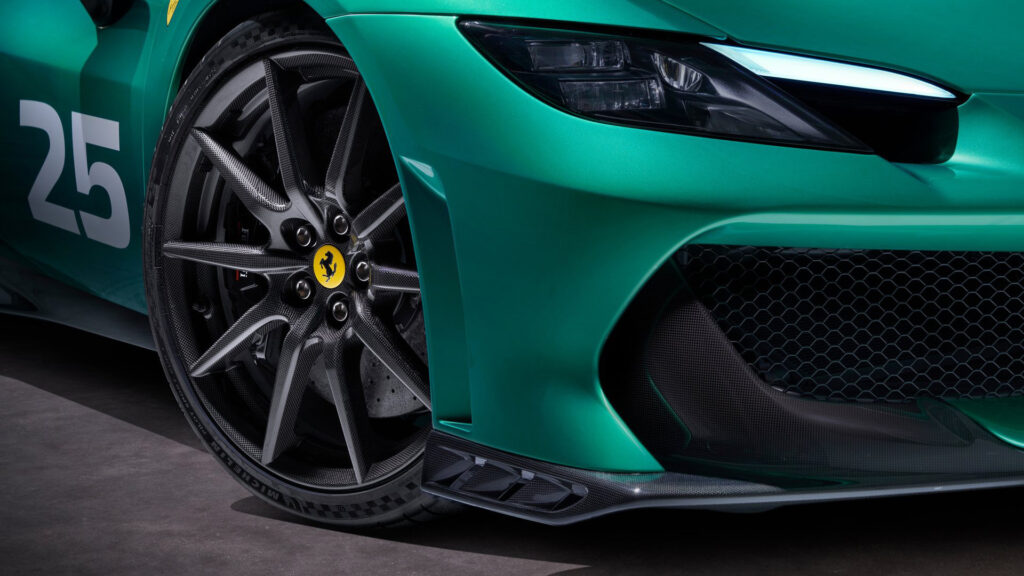
Austin’s Driverless Robotaxis Put Appearances Over Practicality
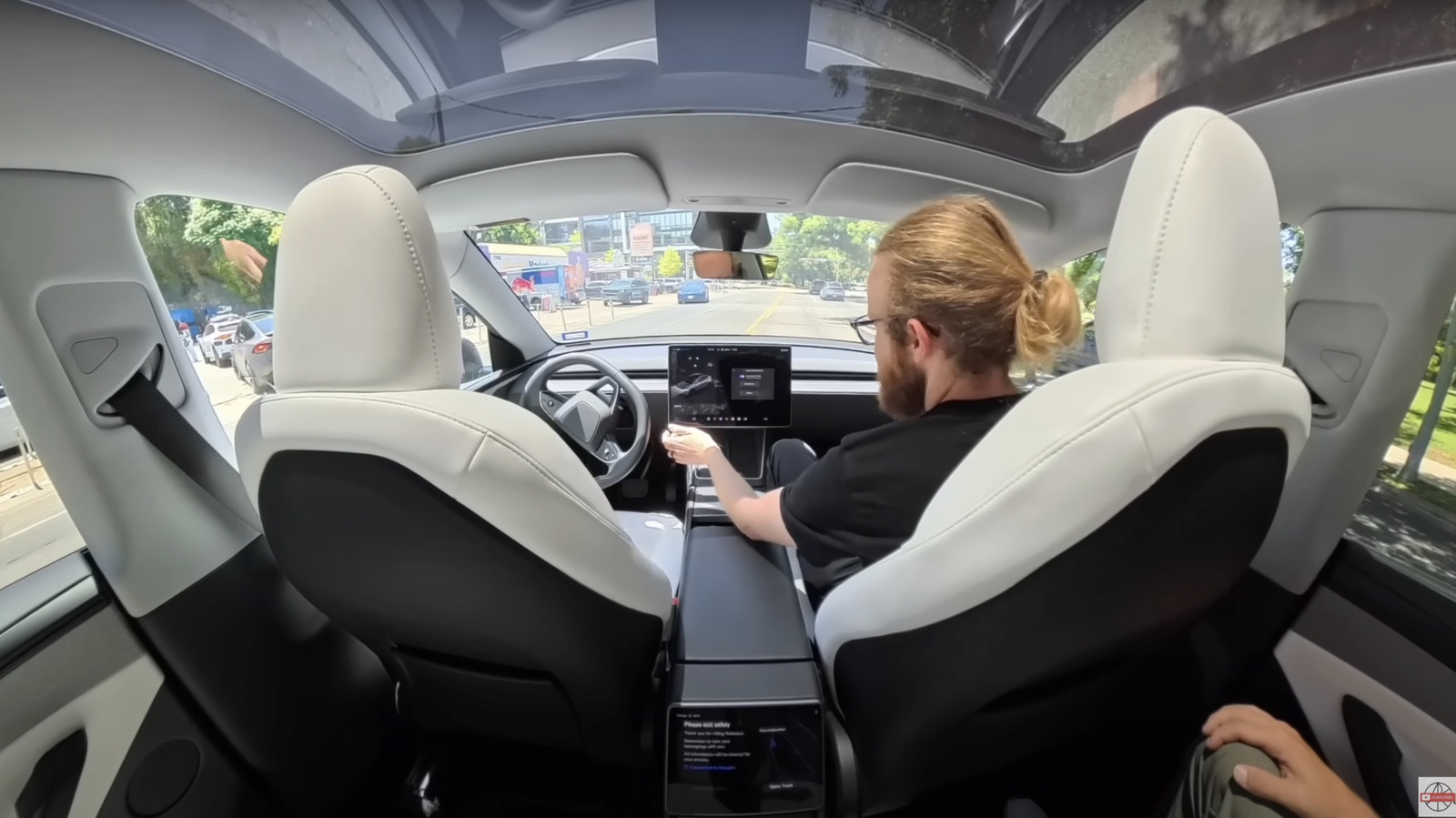
Engine Failure Fears Spark Federal Probe Into Over a Million Honda and Acura Vehicles
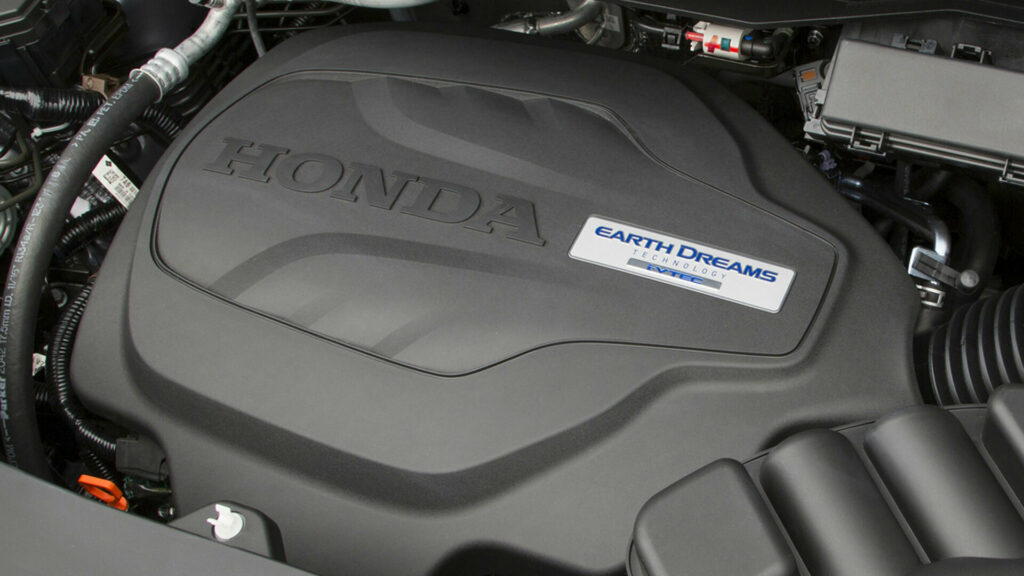
Electric Supercar Shatters 24-Hour Distance Record with 3,404-Mile Run
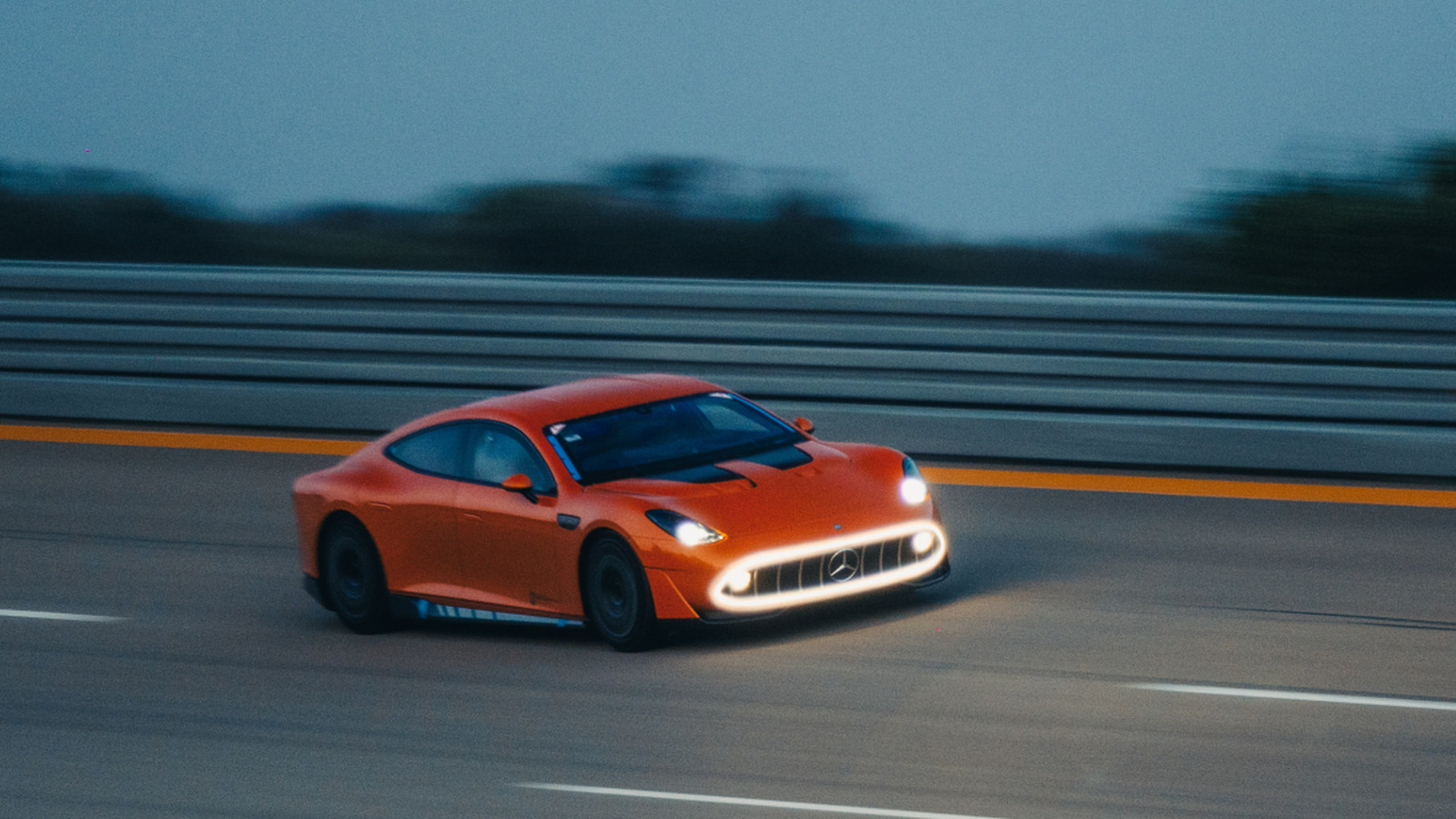
GAC Hyptec SSR Baja Unleashes Electric Supercar Power for the Desert
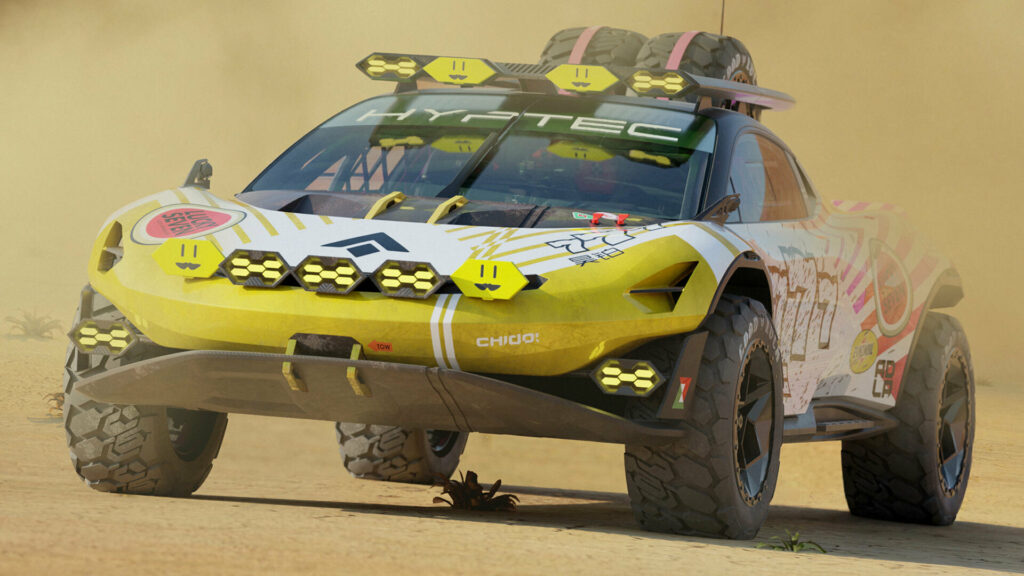
Classic Defender V8 Churchill Edition Revives Iconic Land Rover with Modern Power and Heritage...
JLR has recreated the Land Rover Series 1 that was gifted to Winston Churchill for a new special edition – but now with a 400bhp 5.0-litre V8 and a price of nearly £300,000.
Named the Classic Defender V8 Churchill Edition, it's the latest creation from the British company's Works Bespoke arm and is limited to just 10 examples.
They can be specified in either the 90 (hard-top or soft-top) or 110 bodystyle of the Defender produced between 2012 and 2016.
Costs, including VAT, start at £279,000 for the 90 and rise to £295,200 for the 110. The soft-top 90, priced at £291,000, features a bespoke canvas hood.
The original car, registered ‘UKE 80’, was gifted to Churchill in celebration of his 80th birthday in 1954.
It was restored after being acquired by a Swiss buyer in 2013 and has since been on display at the Emil Frey Classics Museum in Safenwil, Switzerland.
In the search for faithful recreation, members of the Works Bespoke team travelled to the museum to take samples and “fully immerse themselves in its period details”, said JLR, to ensure “every aspect of the Churchill Edition lives up to its inspiration”.
![]()
As such, the limited-run cars will be coloured with the same Bronze Green as the original and the seats and interior trim clad with near-identical Bridge of Weir semi-aniline leather in Bottle Green.
The exterior paint – a classic Land Rover heritage colour – is also used on the 16in heavy-duty steel wheels and covers the centre console.
Also featured are a galvanized front bumper, a metal mesh grille, a ‘UKE 80’ decal on the front wings and bespoke badging on the rear.
Alongside lashings of leather, the cabin features a unique clock design on the dashboard with a blue face and red stripe, inspired by Pol Roger Sir Winston Churchill champagne.
![]()
All 10 cars will be powered by JLR’s naturally aspirated 5.0-litre ‘AJ’ petrol V8, sending 400bhp and 380lb ft of torque through an eight-speed automatic gearbox supplied by ZF.
The Churchill Edition is the latest recreation from JLR’s Defender Bespoke Works, following the Islay, Trophy and Trophy II.


